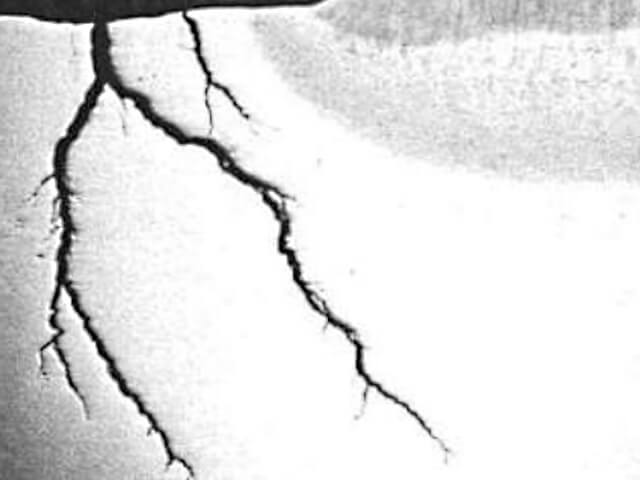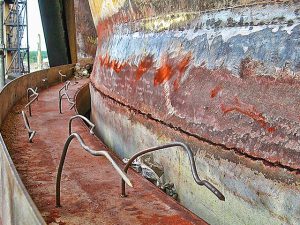
Damage Review and Risk Assessment of Midstream Amine Processing Units
For those who had the opportunity to watch last week’s webinar presented by Brian and Shane, this article expands on the benefits of risk-based inspection (RBI) for amine processing units and offers a multidisciplinary approach. It begins with an overview of the process and rich/lean amine loading, identifies key damage mechanisms and areas of concern, and proposes options for corrosion mitigation.













